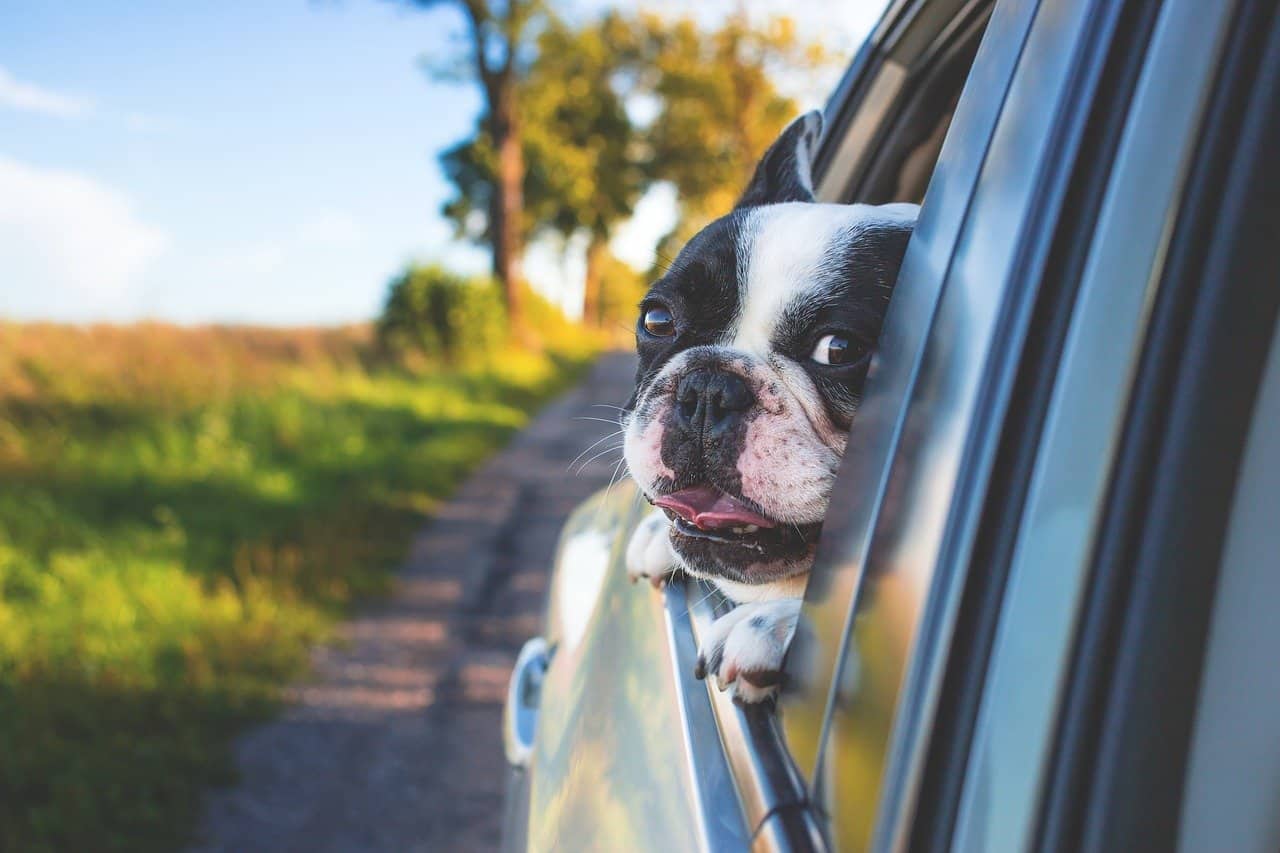Things to do before you buy a car
NSW Fair Trading
- Money Lessons, Womens

We want you to consider a range of issues and complete a number of checks before you buy a car.
Negotiating the deal
Research and inspections will give you valuable information to negotiate the best price. If an inspection shows that you may need to pay for certain repairs, you should be able to negotiate a better price.
If you need to get a loan to purchase the car or motorcycle, make sure you shop around. Many motor dealers are able to offer finance but you may get a better deal from your own bank or credit union.
There is a ‘cooling-off period’ that applies if you purchase a car from a dealership and the dealership:
- arranges your loan for the car, or
- supplies application forms for, or a referral to, a credit provider. This is called a linked credit arrangement.
Under these circumstances only, the ‘cooling-off period’ gives you one day to change your mind. The cooling-off period begins when the contract is entered into and generally closes at 5pm on the next day that the dealer is open for business. A Form 12 will form part of the contract if you enter into a dealer-financed arrangement.
You may also choose to waive your cooling off period. During the cooling-off period you can cancel the contract by giving a signed, written notice given to the dealer. You’ll have to pay the dealer $250, or two percent of the purchase price, whichever is the lesser amount.
Buying a car or motorcycle
Have you completed all the inspections? Make sure that:
- the seller and the name on the registration relate to each other
- the identification numbers on the vehicle, and those listed on the registration papers, match
- any necessary safety check forms have been provided (such as a pink slip or blue slip)
- a PPSR check for previous owners’ debt has been satisfactorily completed
- a vehicle inspection has been satisfactorily completed.
Has a price and payment method been agreed between you and the seller? If you have answered ‘yes’ to the above questions and are happy to proceed with the purchase, you need to do the following:
- ask the seller to complete and sign the back of the certificate of registration. If the vehicle is registered in two names, both people must sign
- ask the seller to give you a receipt that shows:
– your name
– the date you bought the vehicle
– the amount you paid for it
– the vehicle’s VIN or chassis number, and engine number
– the seller’s driver’s licence, name and signature - check that the seller’s signature on the receipt matches the signature on the seller’s licence.
Remember that the receipt is the only proof that you now own the vehicle. The Roads and Maritime Services certificate of registration shows only the person who takes responsibility for the vehicle, it does not prove ownership.
Before you drive away
Make sure the seller gives you (if available):
- all keys including those for the ignition, glove box, boot and alarm
- the service books, owner’s manual and log book
- instructions for working and deactivating any alarm
- location of the hidden ignition switch if there is one
- radio security number.
Stamp duty
Note: The example below applies to NSW. If you are reading from another state or territory, you can check stamp duty costs by clicking on where you are below:
- Queensland
- Victoria
- Western Australia
- South Australia
- Tasmania
- Australian Capital Territory
- Northern Territory
You have to pay stamp duty when a vehicle is registered in a new name. Roads and Maritime Services collects the stamp duty on Revenue NSW’s behalf. You will pay stamp duty on the market value of the vehicle or on the price you paid for the vehicle, whichever is higher. Stamp duty is three percent of the market value of the car, up to $45,000 then five percent on the value over $45,000.
Example: the stamp duty for a vehicle with a market value of $50,000 is:
$45,000 at three percent= $1,350
$5,000 at five percent = $250
Total stamp duty to be paid = $1,600
Calculations are provided by Roads and Maritime Services and are correct at time of publishing. Please check with Revenue NSW or Roads and Maritime Services to confirm.
Checklist
Use the checklist below to make sure you remember the key steps in buying a car or motorcycle:
- budget
- check rego papers
- arrange registration
- pay the stamp duty
- PPSR check for previous owners’ debt
- have vehicle inspection done
- arrange insurance
- organise finance
- check the contract before signing
- negotiate
- Check if a cooling off period applies.
This article originally appeared on the NSW Fair Trading site and has been republished under Creative Commons 4.0.
Let us know if you liked this article
Let us know if you liked this article




